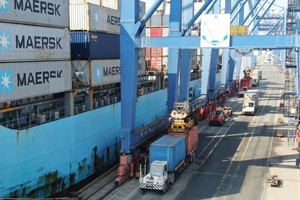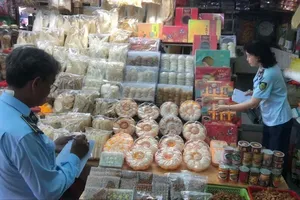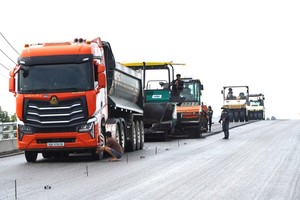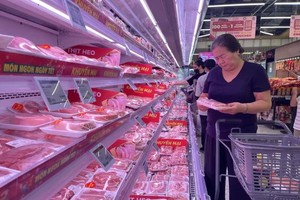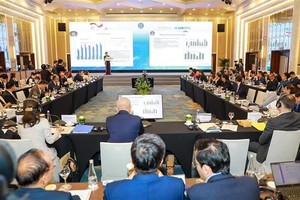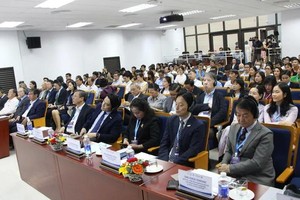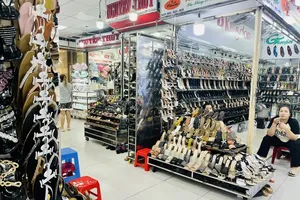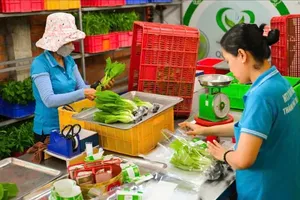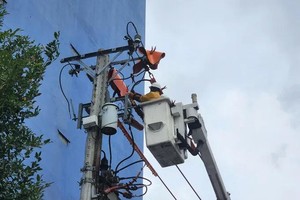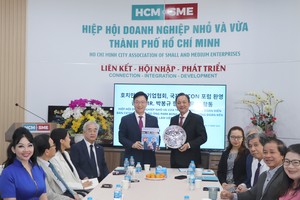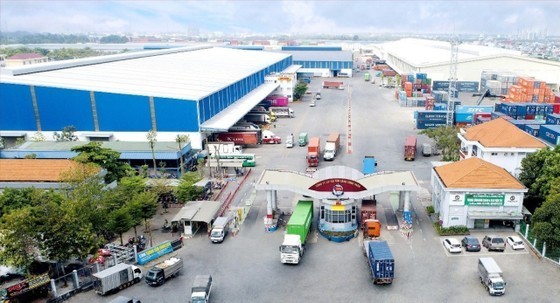 |
However, the transportation infrastructure in the region has not received adequate investment.
This situation results in excessively high logistics costs, leading to a decline in the competitiveness of goods, both in the region and the country as a whole. Statistics from various Vietnamese business associations indicate that Vietnam's current logistics costs represent nearly 20 percent of the total production costs of goods, exceeding those of Thailand, Malaysia, and notably Singapore, where it is only 8 percent. Therefore, how can Vietnam's goods compete when logistics costs alone already exceed those of other countries by 10 percent?
Another bottleneck in logistics arises from competition. A significant statistic reveals that 72.8 percent of the total export turnover belongs to foreign enterprises, and they typically prioritize serving domestic manufacturing companies, which means they have their own logistics providers. This situation puts Vietnamese export businesses at a disadvantage, as they have limited cargo volume and are compelled to consolidate shipments with other goods. Consequently, this leads to high costs, prolonged timelines, and even delays in meeting delivery deadlines for their partners.
In recent times, the Government has accelerated investments in transportation infrastructure for the Southern region. When these projects become operational, they will significantly reduce transportation costs and contribute greatly to lowering the cost of goods. However, addressing the overall logistics challenge requires urgent investment in logistics infrastructure and warehouse facilities to establish an efficient ecosystem. For the Southeast region, it is crucial to invest in a comprehensive national and international logistics system that integrates seaports, airports, international border gates, key economic corridors, and interregional trade routes. The development of industrial belts, urban areas, services, and logistics along Ho Chi Minh City's Ring Road No.3 and the region's expressways is also necessary. Additionally, the Government should seek additional support from private capital to swiftly construct logistics centers that operate in sync with the infrastructure, facilitated through preferential policies.
Another vital solution is to reform administrative procedures. Customs agencies should work towards harmonizing and flexibly adjusting procedures and regulations to ensure a smooth flow of goods. Standardizing and systematizing legal documents in areas such as road transportation, waterways, freight forwarding, and international conventions are necessary to eliminate violations of integration commitments and remove obstacles to business operations. Additionally, establishing a shared data system for Vietnam's seaports, connecting them with ports in the region and the world is important to enhance operational efficiency and compete effectively with neighboring port clusters such as Singapore, Thailand, and Hong Kong. Prompt improvements are needed, especially considering that countries like Laos, Cambodia, and Thailand have a significant volume of transit goods passing through Vietnam. As these countries focus on developing railways or ports that are connected to multiple nations in the region, it leads to the sharing of goods sources.
A transformative and comprehensive solution, combining investments in physical infrastructure and digital connectivity through digital transformation, will eliminate logistics bottlenecks and facilitate the seamless flow of goods, directly impacting economic growth indicators. Undoubtedly, this is a substantial task that requires effective leadership to foster regional linkages and devise policies to attract investments.
